[/caption]
NASA has recently posted the latest update as to how the Commercial Crew Development 2 (CCDev2) program is doing in terms of meeting milestones laid out at the program’s inception. According to the third status report that was released by NASA, CCDev2’s partners continue to meet these objectives. The space agency has worked to provide regular updates about the program’s progress.
“There is a lot happening in NASA’s commercial crew and cargo programs and we want to make sure the public and our stakeholders are informed about the progress industry is making,” said Phil McAlister, NASA’s director of commercial spaceflight development. “It’s exciting to see these spaceflight concepts move forward.”
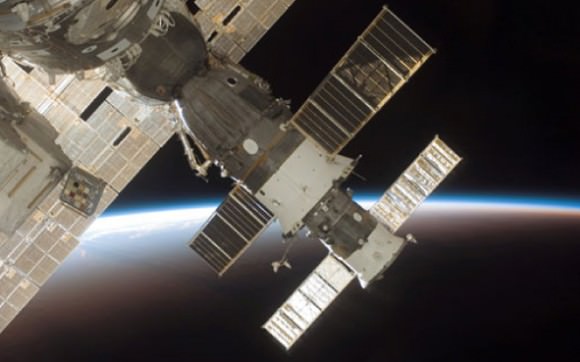
Reports on the progress of commercial crew are issued on a bi-monthly basis. The reports are directed toward the primary stakeholder of this program, the U.S. taxpayer. NASA has invested both financial and technical assets in an effort to accelerate the development of commercial access to orbit.
This report came out at the same time as Space Exploration Technologies’ (SpaceX) CEO, Elon Musk, testified before the U.S. House Science, Space, and Technology Committee regarding NASA’s commercial crewed program.
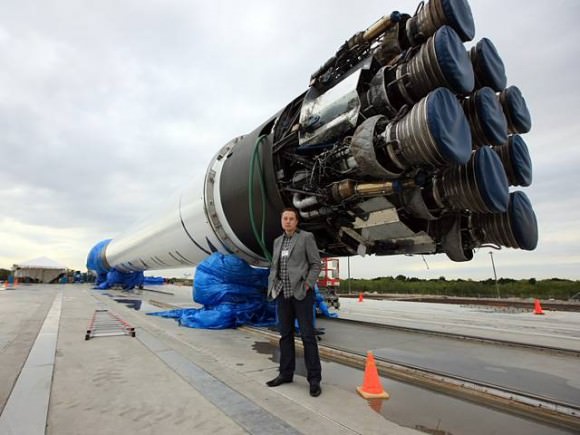
SpaceX itself has been awarded $75 million under the CCDev program to develop a launch abort system, known as “DragonRider” that would enable the company’s Dragon spacecraft to transport astronauts. SpaceX was awarded $1.6 billion under the Commercial Orbital Transportation Services or COTS contract with NASA. Under the COTS contract, SpaceX must fly three demonstration flights as well as nine cargo delivery flights to the orbiting outpost. SpaceX is currently working to combine the second and third demonstration flights into one mission, currently scheduled to fly at the end of this year.
During Musk’s comments to the House, he highlighted his company’s efforts to make space travel more accessible.
“America’s endeavors in space are truly inspirational. I deeply believe that human spaceflight is one of the great achievements of humankind. Although NASA only sent a handful of people to the moon, it felt like we all went,” Musk said in a written statement. “We vicariously shared in the adventure and achievement. My goal, and the goal of SpaceX, is to help create the technology so that more can share in that great adventure.”
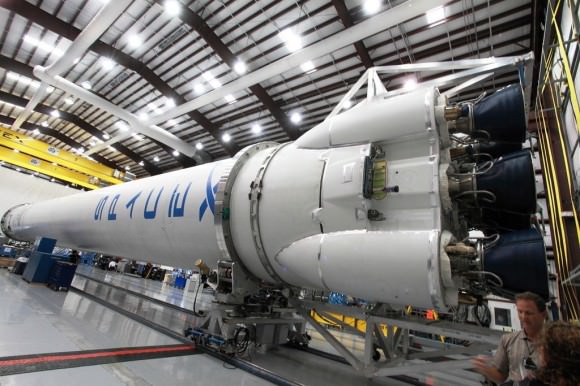
To date, SpaceX is the only company to have demonstrated the capacity of their launch vehicle as well as a spacecraft. The company launched the first of its Dragon spacecraft atop of its Falcon 9 rocket this past December. The Dragon completed two orbits successfully before splashing down safely off the coast of California.
NASA is relying on companies like SpaceX to develop commercial crew transportation capabilities that could one day send astronauts to and from the International Space Station (ISS). It is hoped that CCDev2 will help reduce U.S. dependence on Russia’s Soyuz spacecraft for access to the ISS. Allowing commercial companies to take over the responsibility of sending crews to the ISS might also allow the space agency focus on sending astronauts beyond low-Earth-orbit for the first time in four decades.
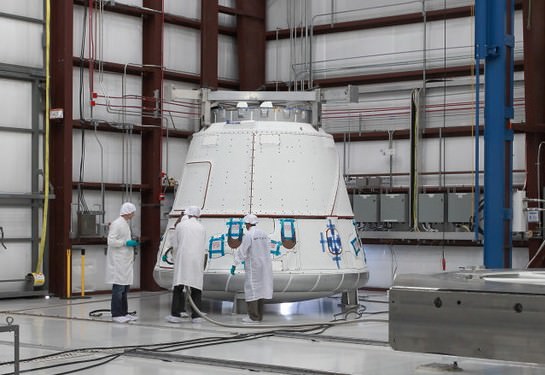

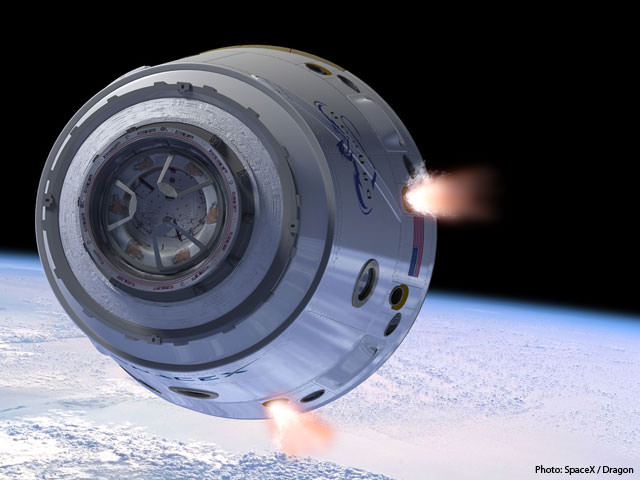
Given enough money, the Republic of the Philippines could launch a vessel to the ISS. What I like about SpaceX is that they are doing it on the budget of so much less, not so much more than what NASA would charge to move (via guidance and thrust) so much equal mass from a launch pad to a rendezvous with a rapidly moving vulnerable target in space. Commercial space is vindicated not only by the accomplishment, but by the bottom line as well.
It is a “can do” attitude:
“Our can can do all that a can can do.”
[Next up, see it do a 2001 style waltz with the space station.]
Btw, I am eager to compare with the CCDev1 record. Some bailed out, some are not done yet [Wikipedia] but are still allowed into CCDev2 on such an abysmal record (the infamous ULA), et cetera. And how is NASA handling that?
These things can’t be buried off record, can they?
?
These concepts cover both launch vehicles and the spacecraft that ride on them. NASA has selected Blue Origin and granted them $22 million, Sierra Nevada Corporation with $80, Space Exploration Technologies (SpaceX) with $75 million and Boeing with $92.3 million.
ULA is only in the CCDev2 as the rocket provider for “all” but SpaceX for immensly practicle reasons, they have a long history of succesfully launching NASA missions and there is no other credible ride outside of the USSR for them.
SpaceX will have a lot more credibilty when they get the 9 freight launches and the balance of the Dragon launches done, They might even then get a few of the CCDev2 companies to propose Falcon as the launch platform when they do (if the price is right).
Besides I don’t really think that NASA has any interest in giving up control of manned space to Space X or any private firm.
You got to love it when China starts to complain about SpaceX’s prices being too low and that a US company is making it so they can’t compete in the international satellite launch market.
For far too long aerospace has only been about how can we squeeze every last dime out of tax payer money. Some of these old school companies are not very happy with SpaceX and their friends in congress are doing their best to get in SpaceX’s way. Exhibit #1 the SLS rocket.
Elon sure likes to talk
Combining the second and third demonstration flights seems like a doge, the second flight has been delayed a couple of times now and the first one had an issue. Elon seems to want to claim success before his company delivers. 1 partial success out of a twelve launch schedule doesn’t jump out nearly as much as his constant crowing at every congressman or reporter that will listen.
Elon Musk is fighting the greedy ‘big space’ establishment: Congress seeking to continue/expand their district’s pork, entrenched NASA dead-wood bureaucracy, greedy legacy ‘big space’ corporations like Boeing/Lockheed…
all of whom want to fight efficiency… maintain the ‘big govt NASA monopoly’ status quo which has cost taxpayers $500 billion and 40 years without a single American leaving low earth orbit..
The ‘big govt incompetence/waste’ crowd has won the last couple rounds, with the massive unneeded/pork SLS and Boeing’s capsule… both of which are unneeded, as SpaceX already has the Falcon Heavy booster nearly ready, and has flowin the superior Dragon twice already.
We need to downsize/eliminate big govt pork/waste NASA… get it’s dead wood out of the way..
Let private industry take the lead unfettered by the failed pork/waste filled NASA.
I don’t want to watch the US manned space program waste another 40 years on useless, dead-end boondoggles like Space Shuttle, ISS, Constellation
Let private industry innovation, spirit, energy have a chance where decades of big govt pork/greed has again failed us.
I seem to me quite a lot has been bet on SpaceX being able to deliver the cost, reliability and schedule they’ve been marketing, so we better hope a private, for profit company was completely truthful and honest in its marketing.